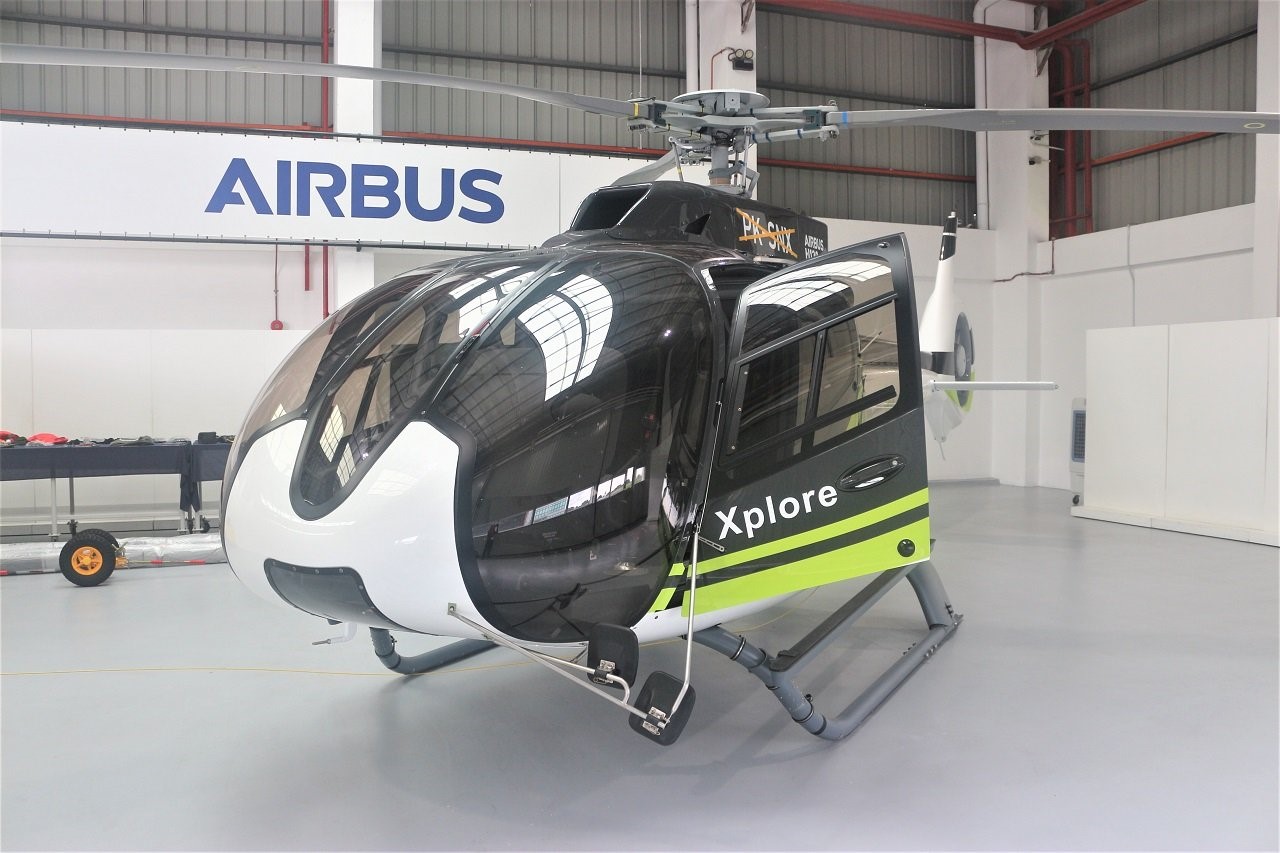

Aluminium components have gained significant attention in the aerospace sector as manufacturers look for ways to leverage the benefits of 3D printing. Airbus Helicopters, for instance, has inaugurated its 3D printing centre in Donauwörth, where it has installed TRUMPF systems to enhance its in-house capacity for this innovative process.

The centre has three machines for components made of titanium, four for plastic parts, and a new machine that produces aluminium components. This has enabled Airbus to reap the advantages of additive manufacturing, including resource efficiency, high flexibility, and the ability to produce complex structures with ease.
The aerospace industry is increasingly using 3D printing for both prototyping and serial production. This process allows the production of individual pieces or small series for testing purposes while significantly increasing resource efficiency in the manufacturing process. The conventional manufacturing process usually requires milling components out of solid blocks, which involves the use of ten times more raw materials than the final product. On the other hand, additive manufacturing requires only 1.5 times as much.
The Managing Director of Airbus Helicopters in Germany, Stefan Thomé, exclaimed: “Our extensive capabilities in this process along the manufacturing chain are a real competitive advantage. Among other advantages, 3D printing can reduce the weight of aircraft components, which leads to less fuel consumption. Such potential can bring financial benefits and contribute to reducing CO2 emissions during operations.”
Airbus Helicopters has been using additive manufacturing since 2017 to produce locking shafts for aeroplane doors. The company has mass-produced over 9,400 locking shafts using the additive process at its Donauwörth site, consuming eleven tonnes of titanium powder. The process has not only reduced the amount of raw materials used but also enabled the production of complex and lightweight components that were previously unattainable through conventional methods.
Responses








